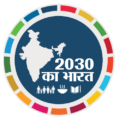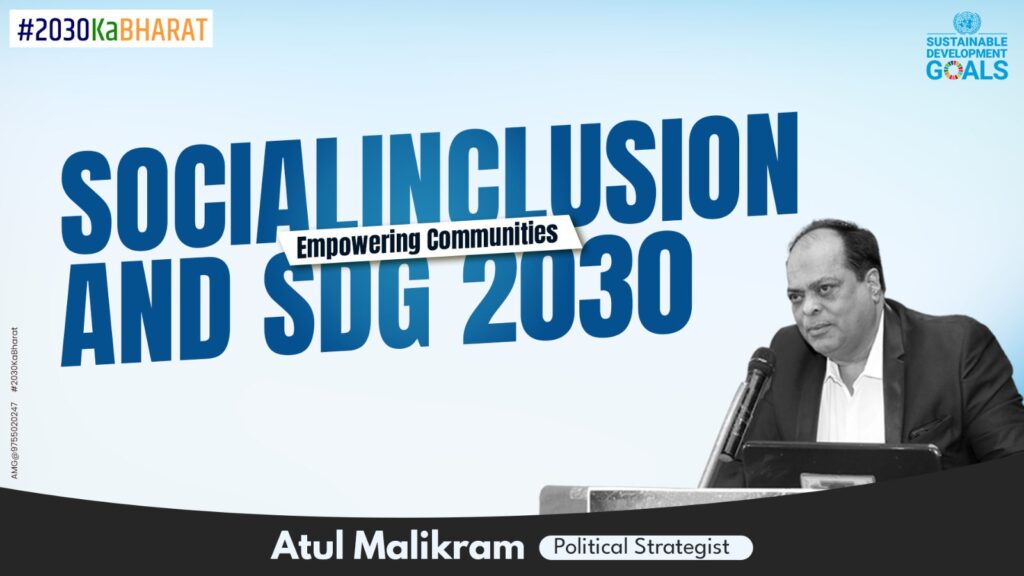A world filled with countless challenges, one beacon of hope stands tall – the Sustainable Development Goals (SDGs) for the year 2030, often referred to as SDG 2030. This ambitious global initiative, set forth by the United Nations, aims to address and solve some of the most pressing issues facing humanity today. At the heart of this movement lies the critical concept of social inclusion, an idea that transcends borders and empowers communities on an unprecedented scale. In this article, we delve deep into the nexus of social inclusion and the SDG 2030, exploring how these intertwined ideals are reshaping our world.
The Essence of Sustainable Development Goals
At the dawn of the 21st century, world leaders came together to craft a blueprint for a better future, and the Sustainable Development Goals is the result of their enterprising work. Comprising 17 interconnected goals, this agenda encapsulates a profound commitment to leaving no one behind. It encompasses a broad spectrum of objectives, including eradicating poverty, ensuring quality education, and battling climate change. This holistic approach recognizes that for true progress to be achieved, all facets of human life must be improved concurrently.
The Power of Inclusivity
Social inclusion is not just a lofty ideal it is a powerful force for change. It means embracing diversity, celebrating differences, and providing equal opportunities for all, regardless of their background, race, or socio-economic status. In the context of the Sustainable Development Goals, social inclusion is the engine that drives progress forward. It ensures that every individual and community is an active participant in the journey toward a better world.
Leaving No One Behind
One of the core principles of the SDG 2030 is to leave no one behind. This resonates deeply with the idea of social inclusion. It means that we must not only focus on improving the lives of the majority but also extend a helping hand to the marginalized and exposed. Empowering communities means lifting those who are often left in the shadows and giving them a voice in the global conversation.
Empowering Women and Girls
Gender equality is a critical aspect of social inclusion. The SDG 2030 recognizes the pivotal role that women and girls play in building sustainable communities. By empowering them, we not only promote gender equality but also foster economic growth, reduce poverty, and enhance overall well-being.
Fostering Economic Opportunities
Inclusive economic growth is another cornerstone of the SDG 2030. When communities have access to economic opportunities, they thrive. By investing in education, healthcare, and infrastructure, we create an environment where entrepreneurship can flourish, jobs are created, and prosperity spreads.
Local Initiatives with a Global Impact
The success of the SDG 2030 hinges on local actions, as these goals can only be achieved when communities worldwide take ownership of their part in the greater mission. Grassroots efforts are the building blocks of global change, and it’s the communities themselves that drive the engine of progress.
Community-Led Projects
One of the remarkable aspects of the SDG 2030 is that it empowers communities to take the lead. It encourages the development of projects that address specific local needs while aligning with the global goals. These community-led projects range from sustainable agriculture initiatives to clean energy programs, all designed to uplift society while contributing to the greater good.
Technology as a Catalyst
In our digital age, technology is a potent tool for social inclusion and SDG 2030. It breaks down geographical barriers, facilitates education, and enables economic opportunities for communities worldwide. Initiatives like the #2030KaBharat campaign are shining examples of how technology can unite people, drive awareness, and spark collective action.
Overcoming Challenges
The road to achieving the SDG 2030 is not without its challenges. It demands a concerted effort from governments, civil society, and individuals alike. But the very essence of social inclusion is what can pave the way for overcoming these hurdles.
Bridging the Digital Divide
Access to technology is crucial in today’s interconnected world. Bridging the digital divide is a pivotal step in ensuring that no one is left behind. By providing equal access to the internet and digital tools, we empower communities with the knowledge and resources they need to thrive.
Climate Action
One of the central goals of the SDG 2030 is taking climate action. This involves reducing greenhouse gas emissions, promoting sustainable practices, and protecting the environment. It’s a global effort that, when executed inclusively, can lead to a greener and more sustainable future for all.
Conclusion: A Better World Awaits
The SDG 2030 is not merely a lofty aspiration; it’s a tangible roadmap to a better future for all. Social inclusion lies at its heart, ensuring that communities, big and small, are not just beneficiaries but active participants in the journey toward a more sustainable, equitable, and prosperous world.
As we embark on this transmuting journey, let’s remember that the success of the SDG 2030 depends on each of us, on communities united by the shared vision of a better tomorrow. Through social inclusion, technology, and collective action, we can build a world that truly leaves no one behind, where the echoes of our efforts resonate far beyond 2030, shaping generations to come.

